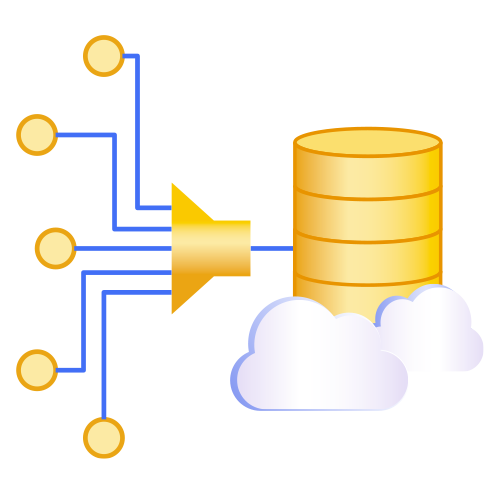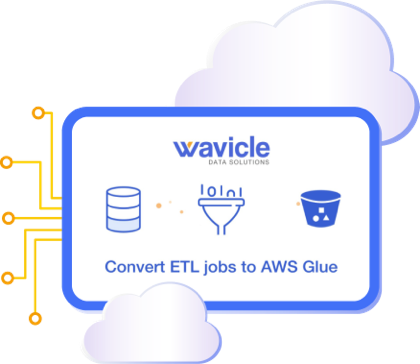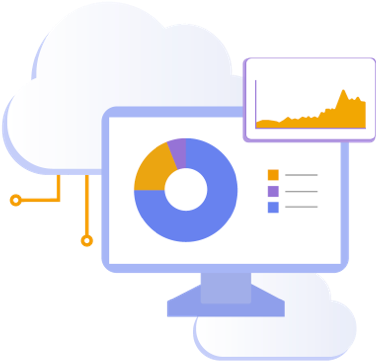A modern service: AWS Glue
A prime example of a modern ETL is AWS Glue, a serverless data integration service that makes it easy to discover, prepare, and combine data for analytics, machine learning, and application development. Its value pillars are faster data integration, automating data integration at scale, and running on a serverless environment.
It provides both visual and code-based interfaces and users can find and access data rapidly using the AWS Glue Data Catalog. Data engineers and ETL developers alike can visually create, run, and monitor ETL workflows with the AWS Glue Studio.
For data analysts and data scientists, AWS GlueDatabrew enriches, cleans, and normalizes data without writing code. With AWS Glue Elastic Views, application developers can use familiar SQL to combine and replicate data across different data stores.
As AWS Advanced Consulting Partners, Wavicle is recognized for our expertise and extensive client work.
The future of ETL
So, is ETL going to turn into a relic of the past? Not quite. As cloud-based services continue to dominate the landscape, traditional tools will have a hard time keeping up. But the concept of Extract, Transform, and Load will continue for the foreseeable future.
With the rise of cloud data platforms like Snowflake, Extract, Load, Transform (ELT) stores data in its raw form into a data lake.
Modernize ETL for true cloud transformation
For an overall migration to AWS, Azure, or GCP, traditional ETL platforms have become a roadblock in fully utilizing the cloud, cloud-based services, and modern data analytics.
Migrating from a legacy ETL platform to a modern ETL platform, enables the need for real-time data processing, scalability, and the ability to efficiently handle large volumes of data required by data pipelines for machine learning, data science workloads, DataOps, MLops, and more.
Migrating ETL platforms is a time-consuming and expensive process for organizations. At Wavicle, our experience, proven strategy, and accelerators drastically reduce migration timelines and provide cost savings.




